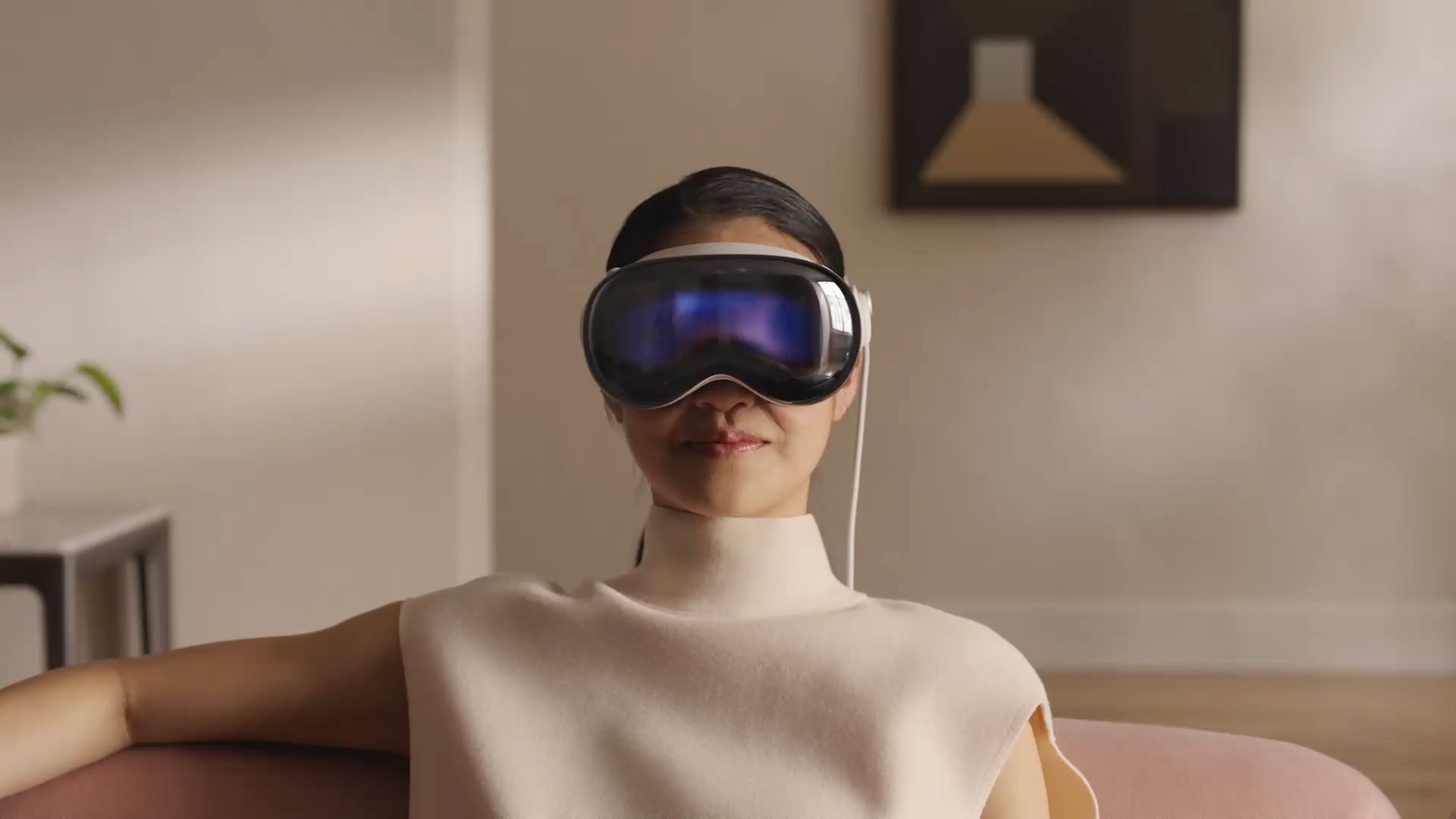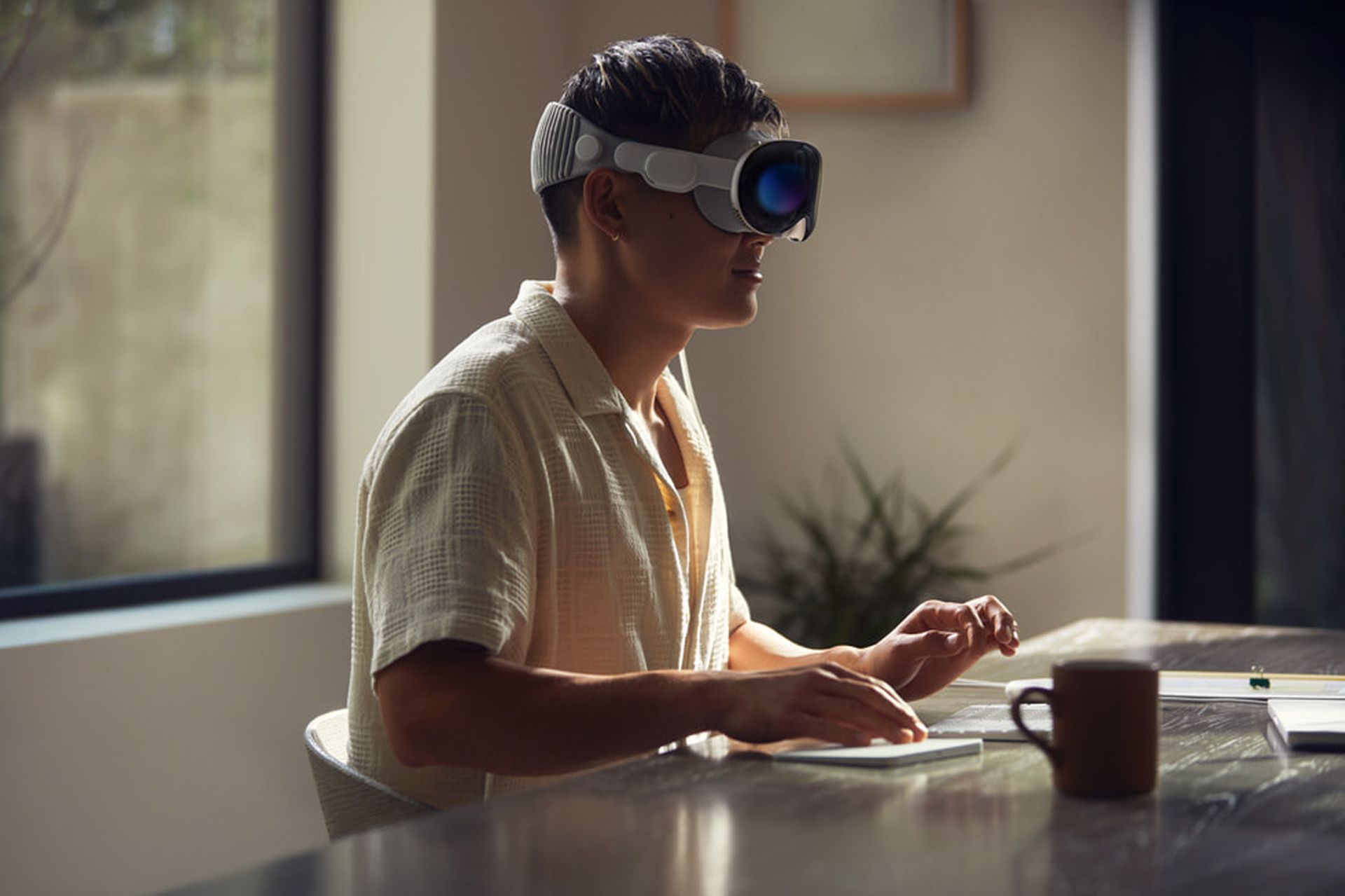Since its debut last week, the inability to access VR porn on Apple Vision Pro has been a glaring limitation that users quickly identified, despite the device captivating audiences worldwide with its sophisticated technology and sleek design. This restriction stands out, especially considering the Apple Vision Pro’s potential for immersive virtual reality experiences, where it vastly outpaces traditional “flat” pornography in terms of user expectations for such advanced hardware.
Why can’t you watch VR porn on Apple Vision Pro?
The first to highlight this user dissatisfaction was 404 Media, which reported on the frustration evident across discussions in the Reddit community regarding the Vision Pro’s conservative stance on adult content. Despite high hopes for the device to revolutionize the consumption of adult content, the reality has been underwhelming.

On the day of its release, a Reddit post in the r/oculusnsfw subreddit—a hub for VR adult content enthusiasts and industry insiders—asked, “Anyone figured out porn on the Vision Pro? Dying to get this to work haha, if anyone has a success story please tell me how.” This was met with humorous disappointment, evidenced by a top comment labeling the device as a “$3500 chastity belt.” Subsequent threads with titles like “No porn?,” “Us WebXR folks want porn,” and “So uhh.. where is all the 3d porn?” reflect the disillusionment of Vision Pro buyers, who had anticipated a more permissive approach to content.
The question of whether the capability to watch porn, a common use case with new technologies, extends to the Apple Vision Pro is a nuanced one.
Best Vision Pro apps so far
Apple’s long-standing prohibition against pornographic apps is well-documented, tracing back to the company’s co-founder, Steve Jobs, who deemed the exclusion a moral imperative. Although Tim Cook, Apple’s current CEO, has adopted a less vocal stance on the matter, the ban remains firmly in effect, as evidenced within the App Store’s developer guidelines under “objectionable content.”

However, accessing adult content via Apple devices like the iPhone or iPad circumvents the app ban through web browsers, a method that will also be available on the Vision Pro. This workaround suggests that while official apps from platforms like Netflix or YouTube may not be developed for the Vision Pro, users will still have access to such content via the device’s web browser.
The inherent difference, though, lies in the consumption experience. Viewing standard adult videos on the Vision Pro’s web browser will resemble the experience on any other device, not fully utilizing the immersive capabilities that VR and mixed reality headsets promise.
Meta Quest 3 vs. Apple Vision Pro: Which one to choose?
The adult entertainment industry has shown significant interest in VR technologies, producing content designed for immersive experiences on other devices. However, expectations for VR porn on Apple Vision Pro exploiting its full potential should be tempered for the foreseeable future, given Apple’s current content restrictions.
Indeed, the frustration among users is palpable. Apple’s decision to position the device primarily as a professional tool likely influences its reluctance to facilitate access to VR porn on Apple Vision Pro. The prospect of sharing an office space with colleagues who are potentially engaged in explicit virtual experiences via their Vision Pro units raises concerns about appropriateness and professionalism in the workplace.

However, the tech community’s ingenuity and desire for unrestricted content suggest it’s only a matter of time before a workaround emerges. The Vision Pro, targeted at the technologically savvy demographic, inherently appeals to individuals with both the knowledge and motivation to bypass limitations.
The anticipation grows for a tech enthusiast to eventually develop a method for sideloading adult VR porn on Apple Vision Pro, thereby meeting the demands of users seeking a more comprehensive range of virtual experiences. This potential development underscores the ongoing tug-of-war between manufacturer restrictions and consumer desires for freedom in content consumption.
Featured image credit: Guido Fuà/Unsplash





